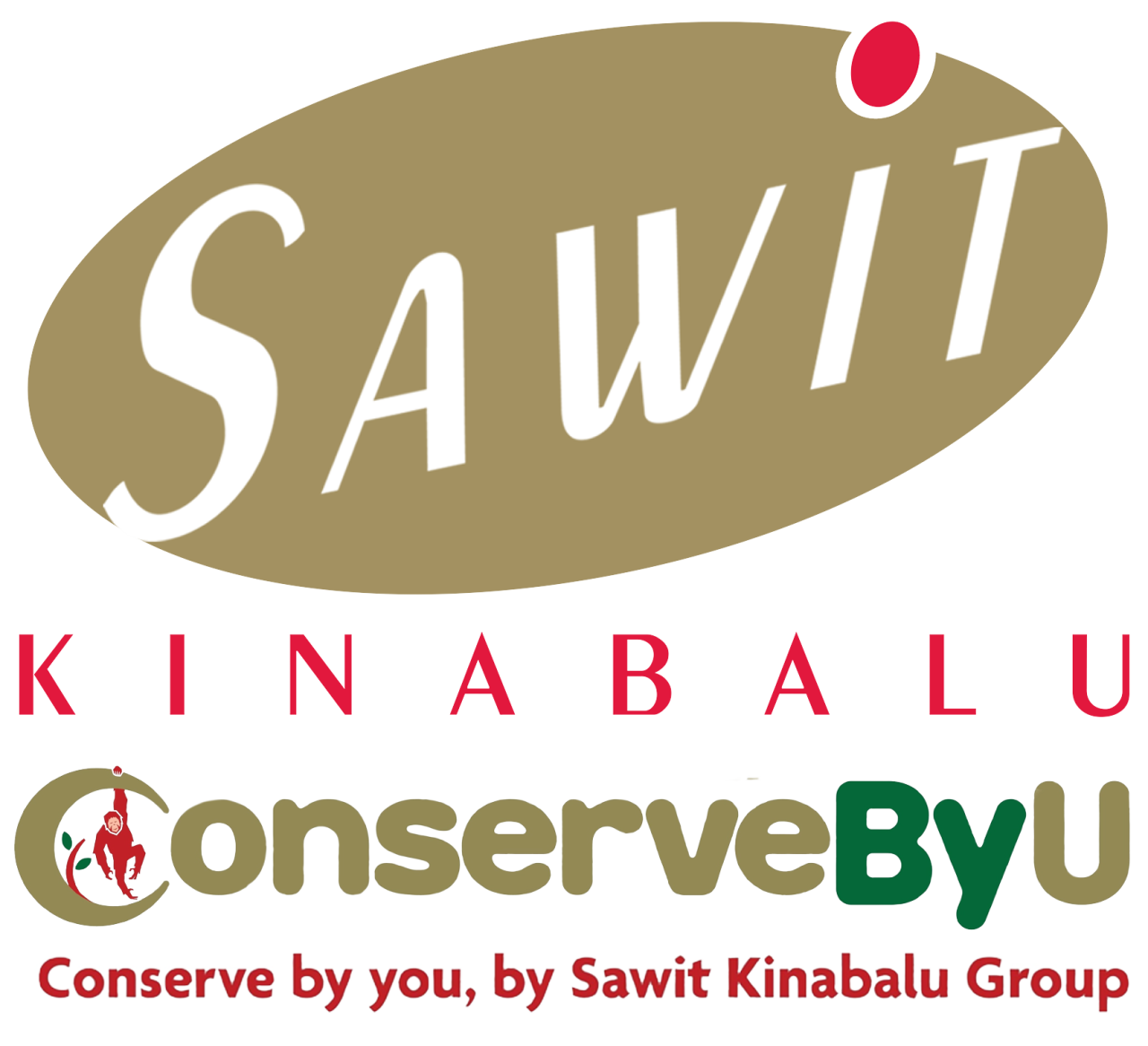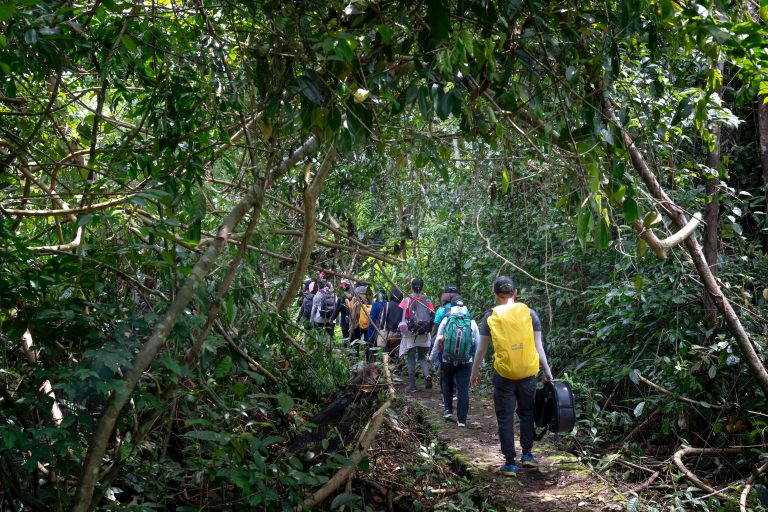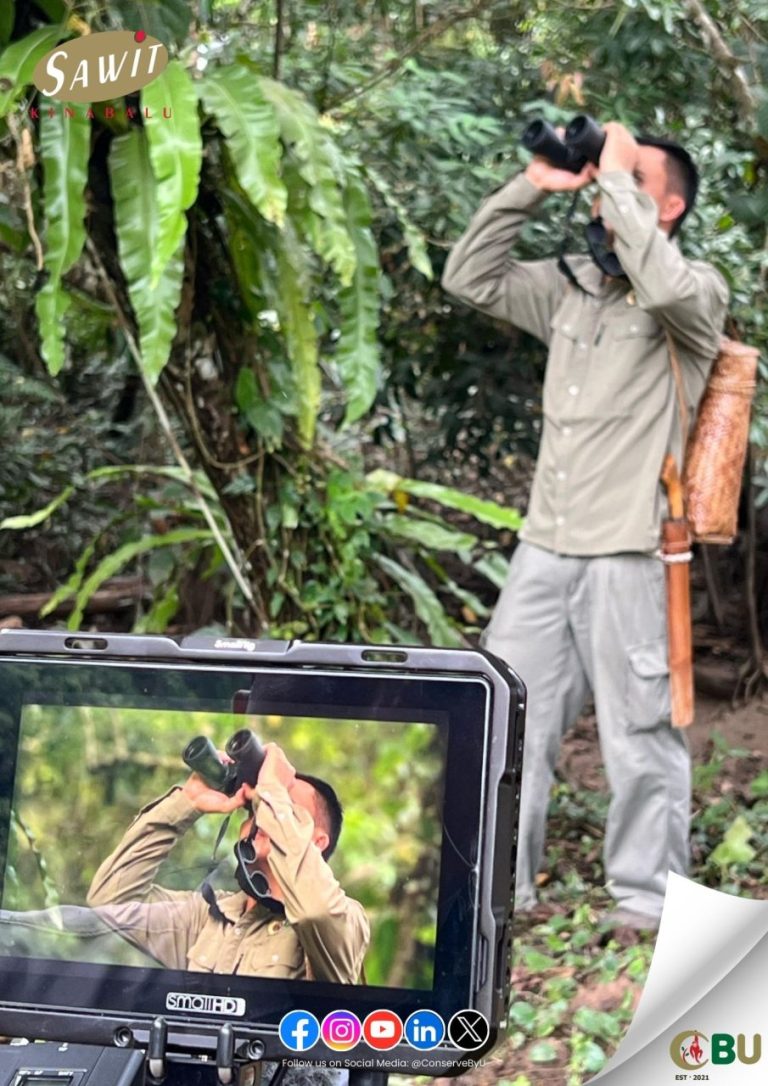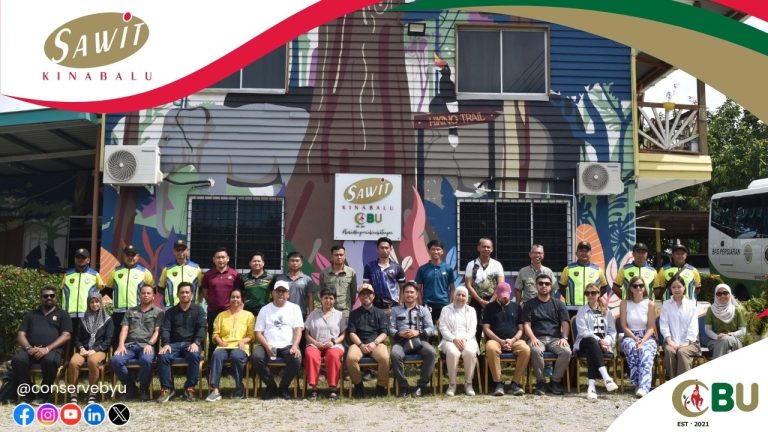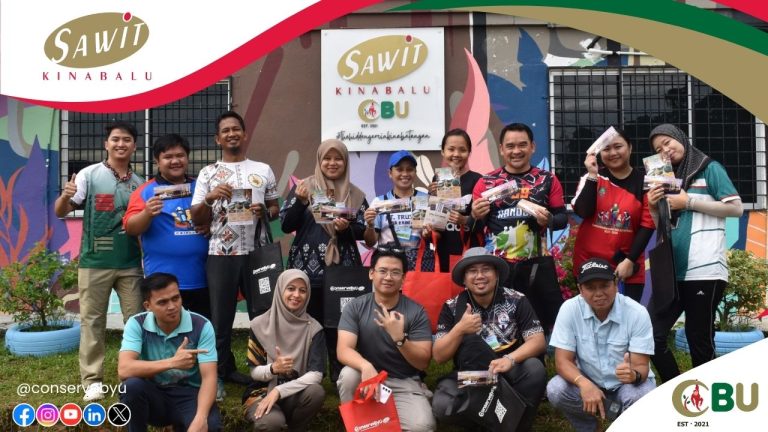KOTA KINABALU: It is vital to ensure that wildlife sanctuaries and conservation initiatives do not become a tool for personal or organisational gains, says a non-governmental organisation (NGO).
Seratu Aatai director Dr Nurzhafarina Othman said that NGOs and private entities often play critical roles in conservation, but their involvement must be aligned with the authority and long-term plans.
She said this after Sabah Tourism, Culture and Environment minister Datuk Seri Christina Liew revealed that a memorandum of understanding (MOU) to, among others, help to manage the Borneo Elephant Sanctuary (BES) with a company, would be signed this weekend.
She said the said company would then work with the Sabah Wildlife Department (SWD) and other partners to ensure that the BES was running smoothly with the necessary care given to rescued elephants.
Nurzhafarina said this move raised questions on the need to appoint private companies to manage the BES in East coast Kinabatangan.
She said the appointment of an unknown company to manage the BES raises serious concerns about transparency and alignment with existing conservation efforts.
She said short-term fixes or profit-driven initiatives risk overshadowing the complex needs of elephants, such as preserving natural habitats and improving captive welfare and it is crucial that the sanctuary does not become a tool for personal or organisational gains.
The focus must remain on safeguarding the welfare of elephants by addressing root causes like habitat fragmentation, said Dr Nurzhafarina.
“To truly benefit the Bornean elephant, resources must be pooled effectively, avoiding redundancy, and prioritizing transparency,” she said, adding that conservation should be a collective effort, with honesty of intent and commitment to long-term solutions.
“This decision risks reinventing the wheel and undermining the SWD’s ongoing initiatives, such as the Captive Elephant Management Plan (CEMP) which already outlines the critical steps required to improve elephant welfare across all facilities in Sabah,” she said.
Dr Nurzhafarina said the CEMP, which defines each facility’s role and identifies the resources needed to achieve these goals, will be launched at the Symposium on the Implementation of the Bornean Elephant Action Plan 2020–2029 in April this year.
“As a member of the Technical Working Group which developed the CEMP, I feel that all available and potential resources should be channelled into supporting initiatives outlined in the SWD’s CEMP,” she said. Captive Elephant Management Plan (CEMP).
The CEMP also comprise members from the Oregon Zoo, Smithsonian Institute, the Malaysian Association of Zoological Parks and Aquaria (MAZPA) president, Wild Welfare and Anantara Golden Triangle Elephant Camp.
Dr Nurzhafarina said that the SWD, as the authority on protected species, must remain at the centre of all decisions regarding elephant management.
She said transparency, cooperation, and accountability are essential to ensuring long-term benefits for elephants and the environment.
The issue of BES was raised recently when some other conservationists claimed that it was in a less than conducive state for the elephants.
The BES was launched in 2013 by the then Sabah Tourism, Culture and Environment minister Datuk Seri Masidi Manjun for the conservation of wildlife, particularly outside of protected areas in the state.
Follow our Facebook page ConserveByU for our latest updates.
